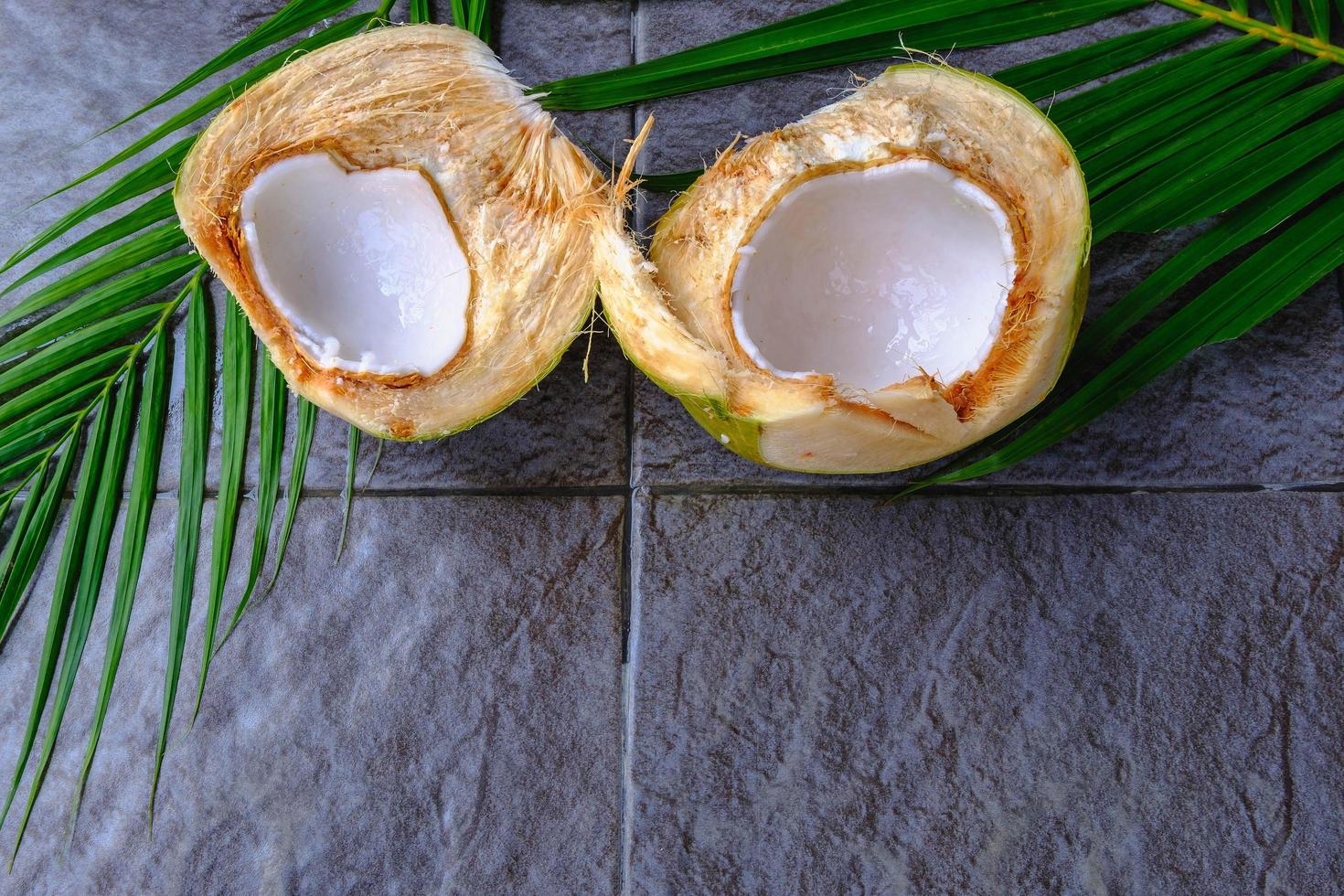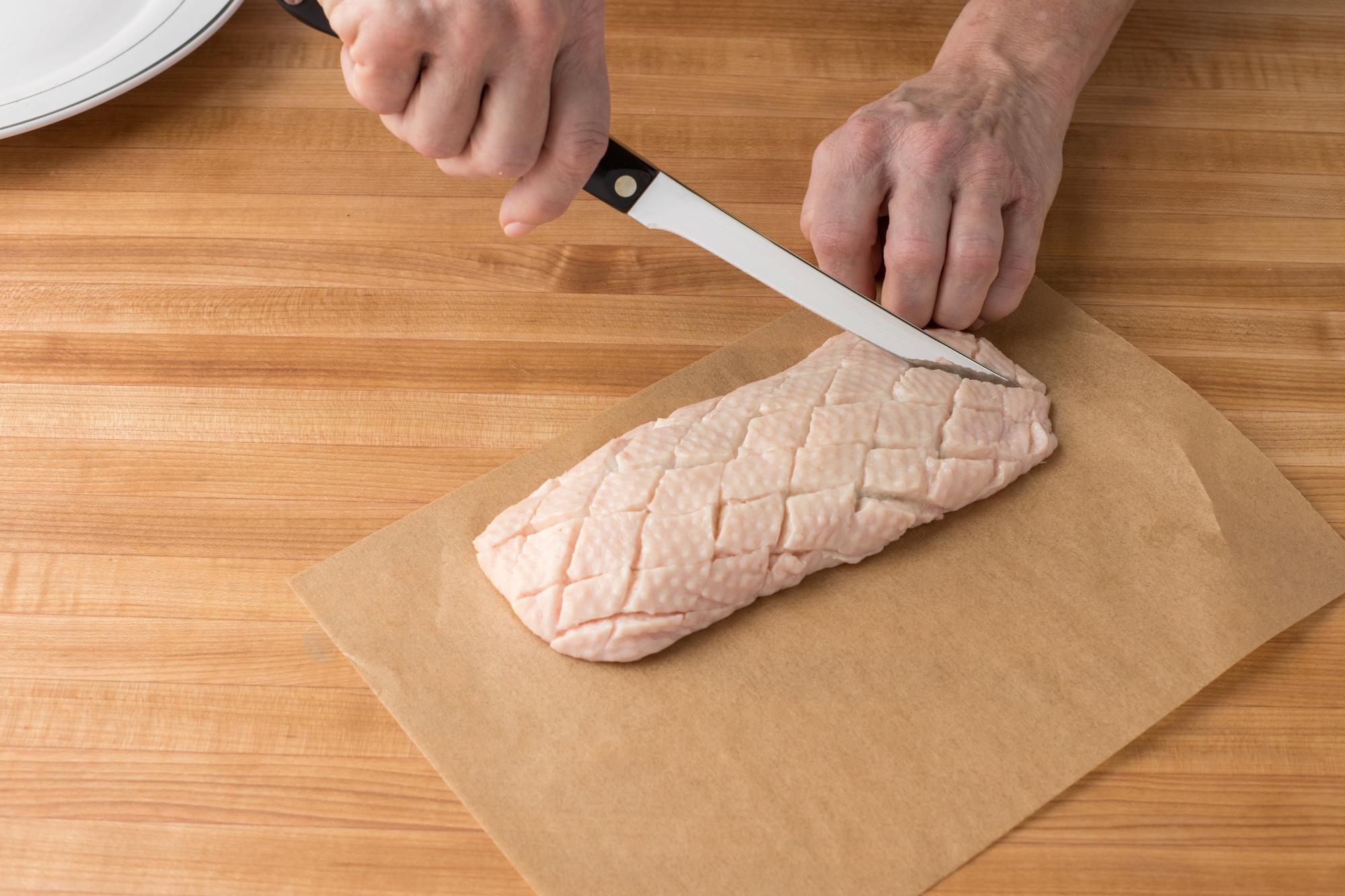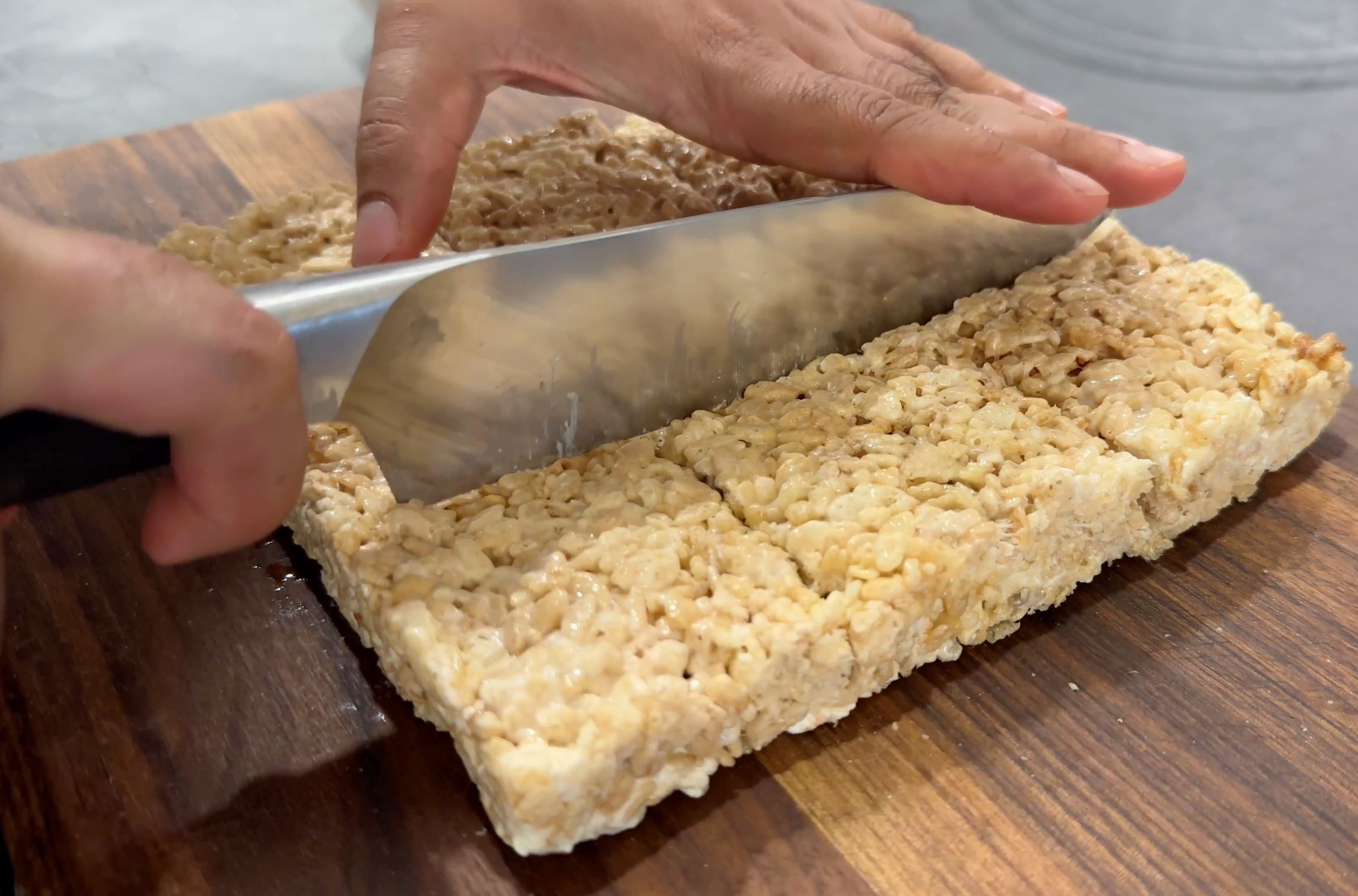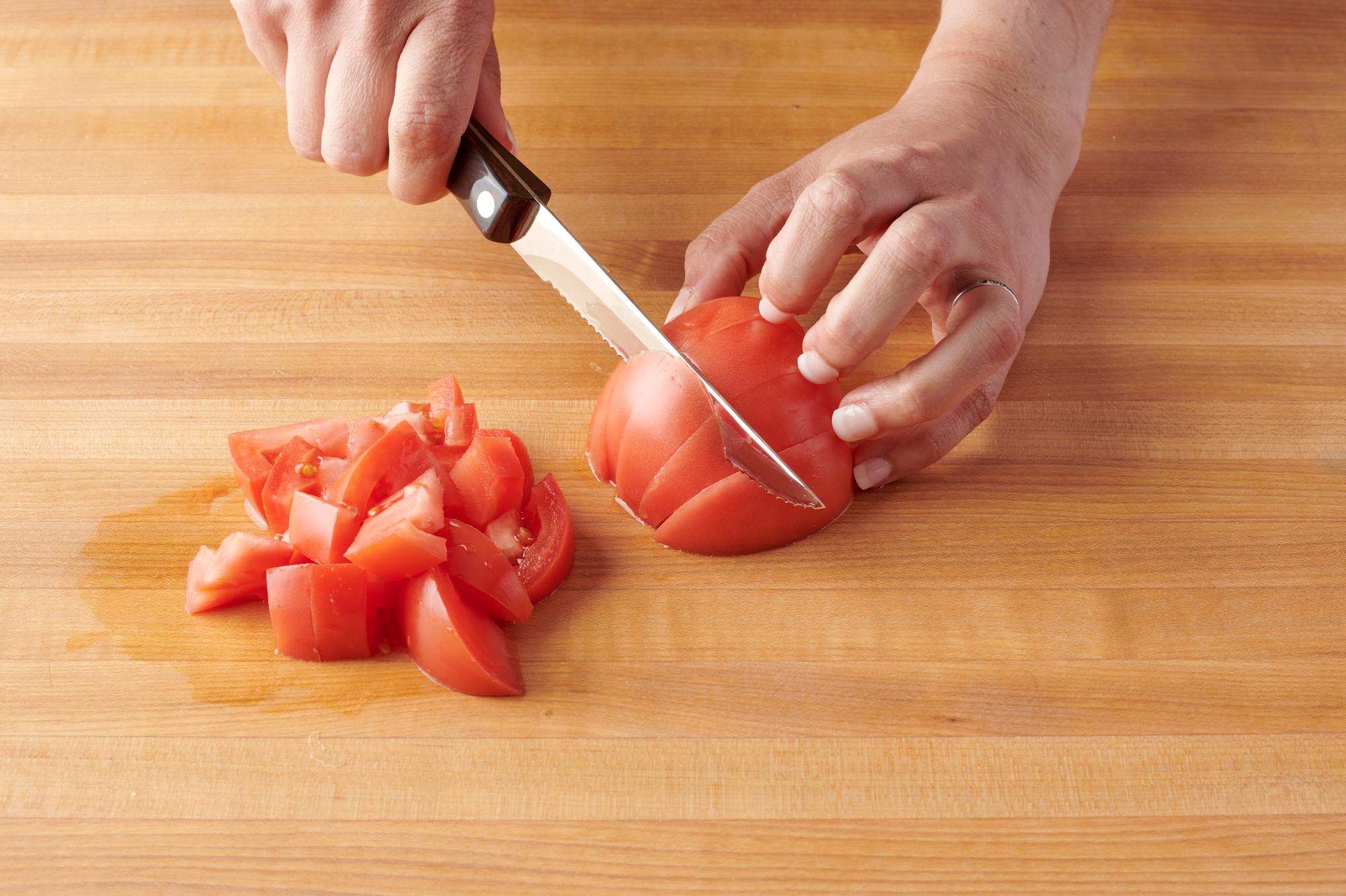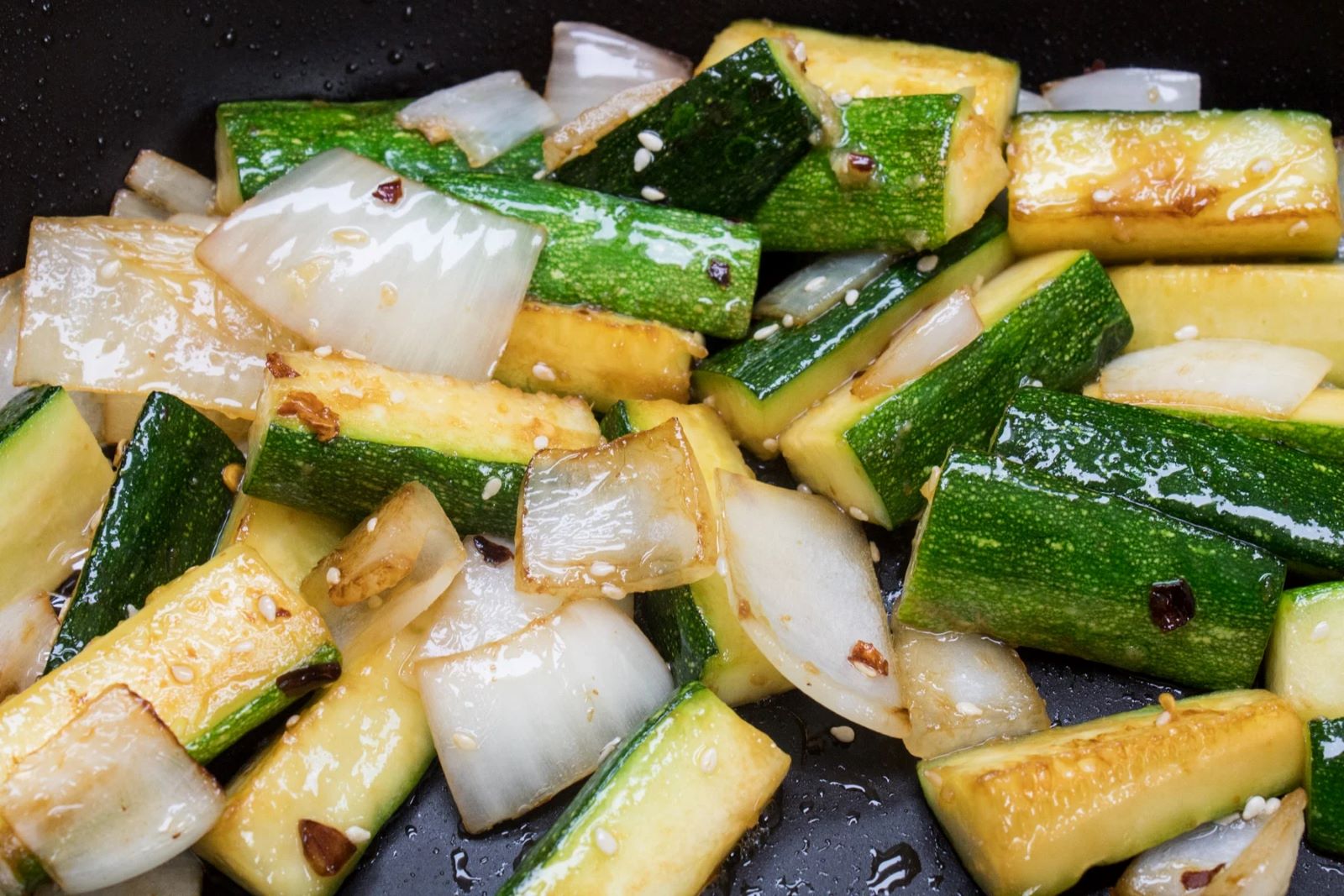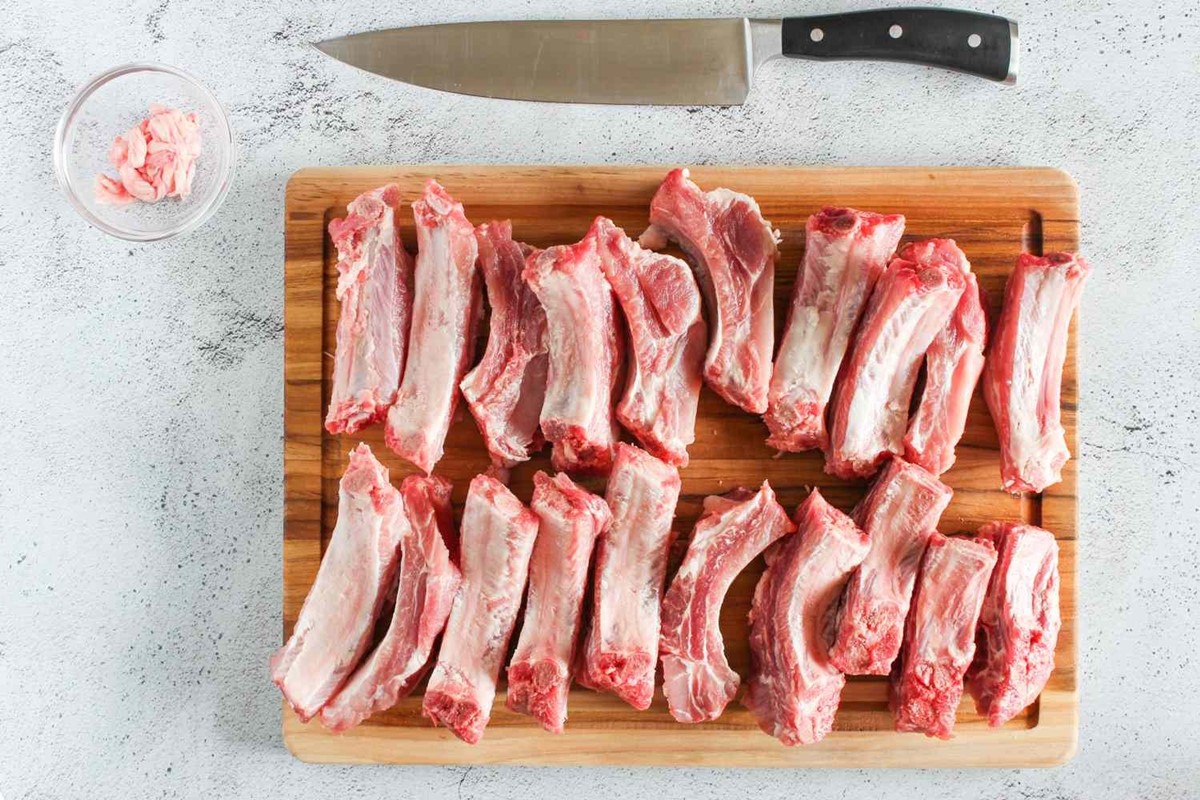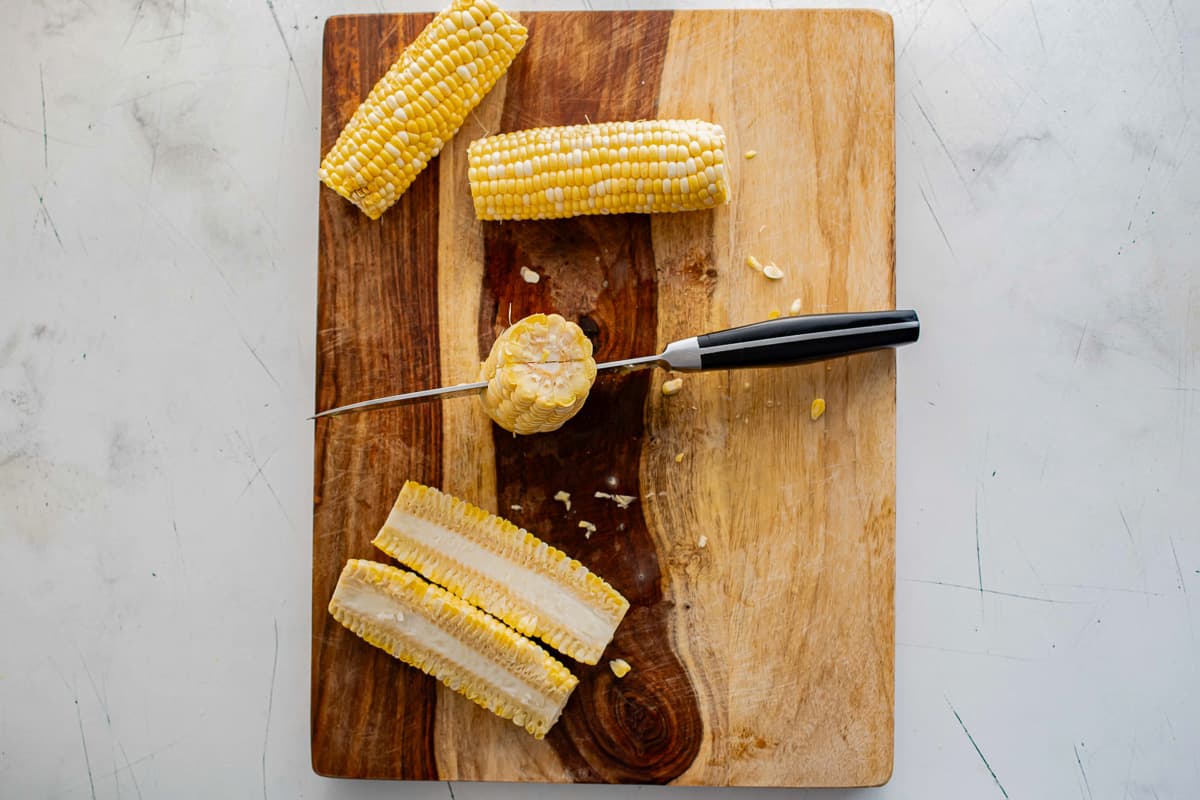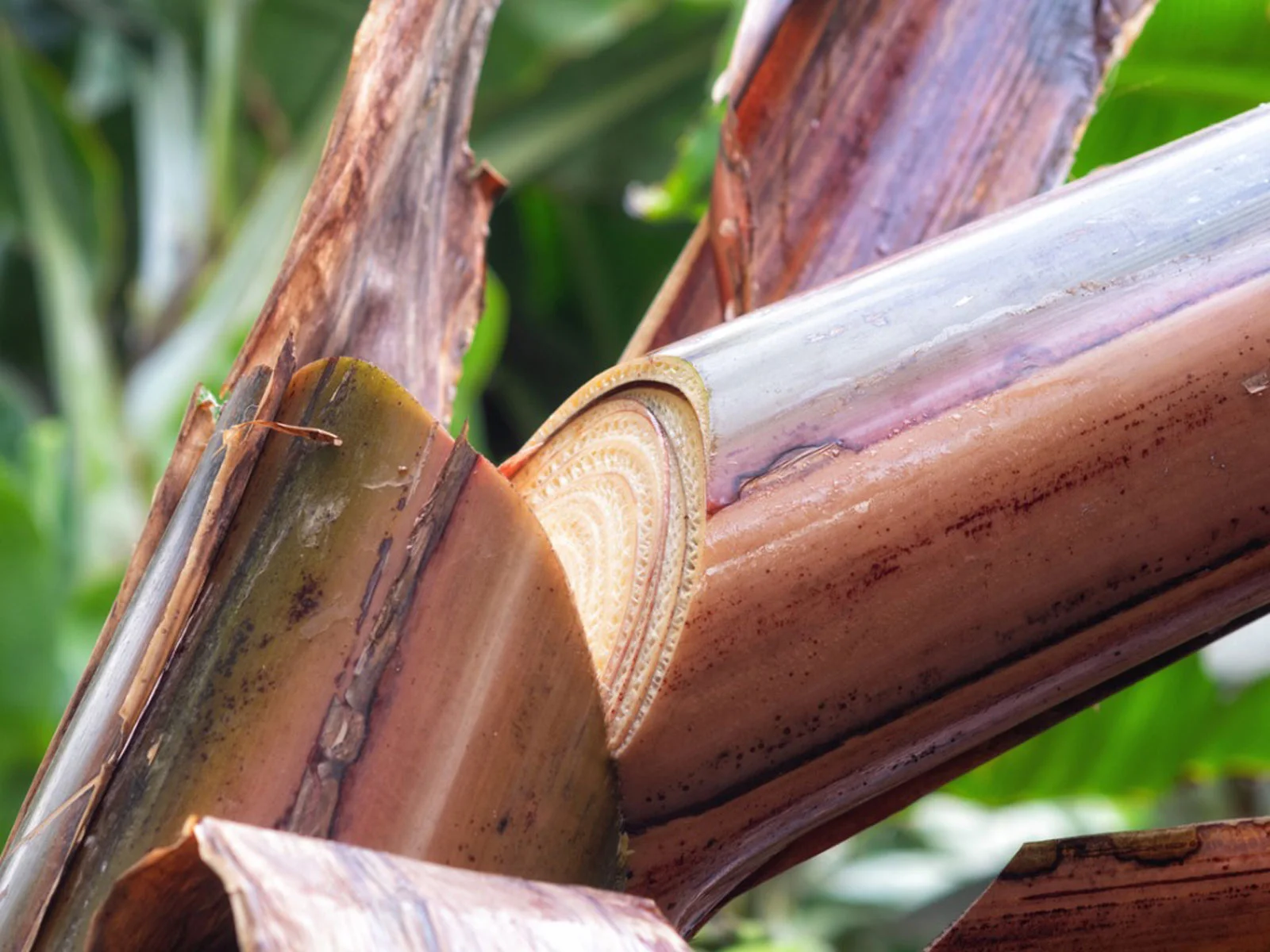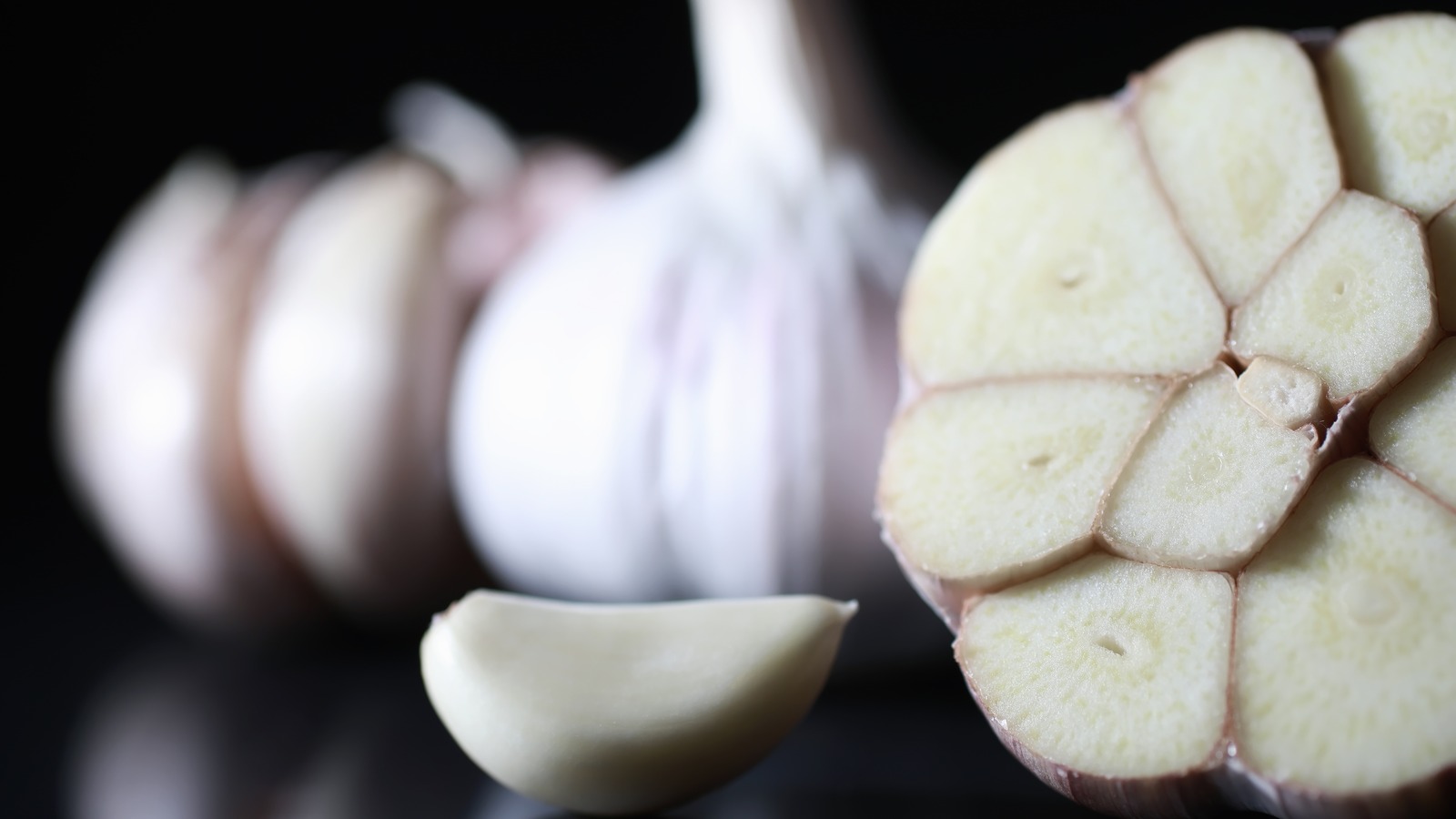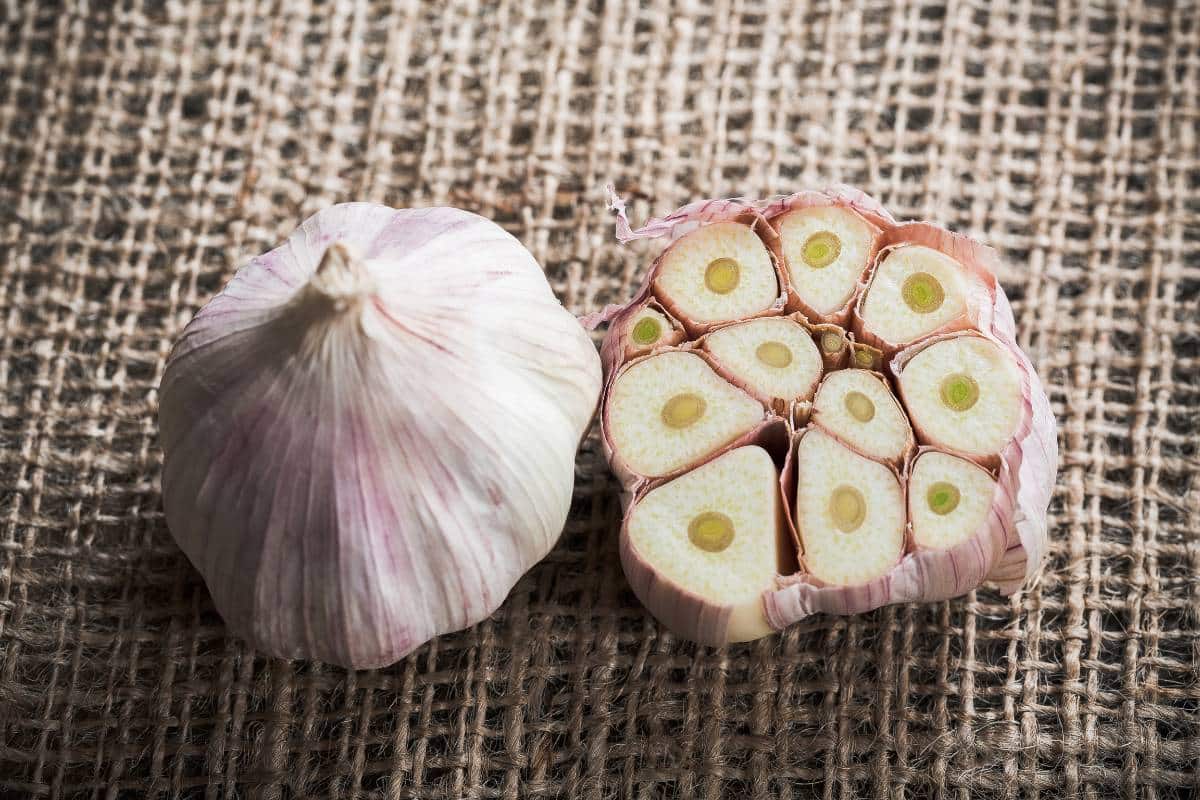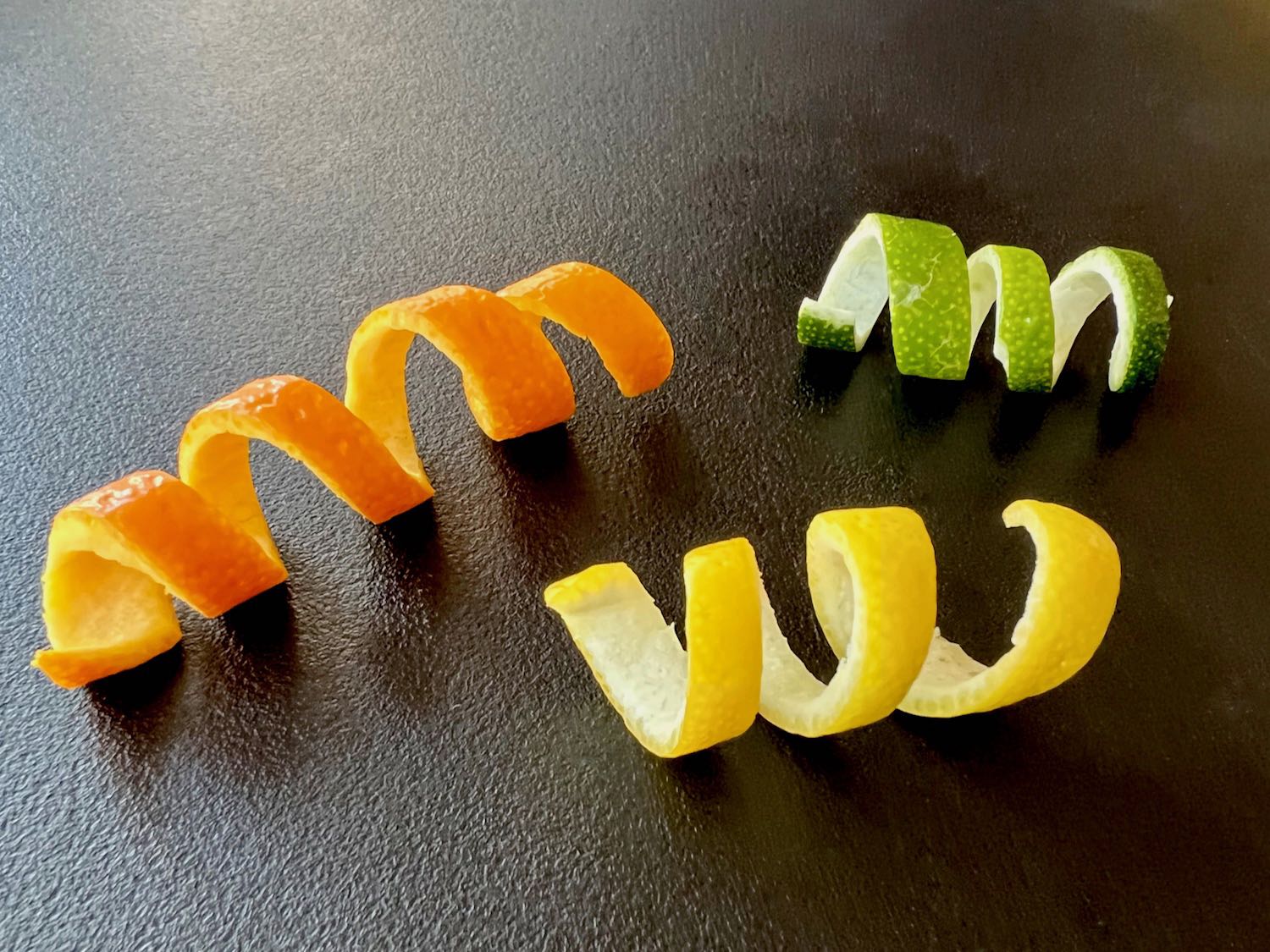Cutting apples for a charcuterie board is both an art and a science, transforming simple fruit into a visually appealing addition that complements the array of flavors on your board. Whether aiming for thin slices that elegantly fan out beside cheeses and meats or opting for wedges that offer a satisfying crunch, mastering the technique ensures your apples look as good as they taste. This guide will walk you through various methods to cut apples, ensuring they stand out on your charcuterie spread. From selecting the right knife to preventing browning, you'll learn how to showcase apples in their best light.
Essential Ingredients for Your Charcuterie Board
- Fresh apples (variety of your choice)
- Lemon juice
- Sharp knife
- Cutting board
- Paper towels
Must-Have Tools for Crafting the Perfect Charcuterie
- Sharp Chef's Knife
- Cutting Board
- Melon Baller (optional for removing cores)
- Lemon Juice (to prevent browning)
- Paper Towels (for drying apples after applying lemon juice)
For charcuterie boards, slice apples thinly for elegance and ease of eating. Soak slices in lemon water to prevent browning, maintaining their fresh, appealing look on your board.
The Art of Apple Cutting for Charcuterie Boards
Cutting apples for charcuterie boards isn't just about aesthetics; it's about preventing oxidation. Thin, even slices dipped in lemon water keep apples looking fresh longer. This technique ensures each piece retains its crisp texture and vibrant color, enhancing the overall appeal of your charcuterie spread.
Moreover, skillfully sliced apples maximize flavor distribution. When paired with cheeses and meats, thinly cut apples offer a refreshing contrast, balancing rich and savory flavors. This careful preparation elevates the eating experience, making every bite a harmonious blend of taste and texture.
A Step-by-Step Guide to Perfectly Cut Apples
-
Select the Right Apples: Choose firm and fresh apples for a crisp texture. Varieties like Honeycrisp, Fuji, or Granny Smith are excellent choices for their flavor and firmness.
-
Wash and Dry Apples: Rinse apples under cold water to remove any dirt or pesticides. Dry thoroughly with a clean towel to ensure a safe and clean cut.
-
Remove the Apple Core: Stand the apple upright on a cutting board. Use a sharp knife or an apple corer to remove the core, ensuring seeds and hard parts are completely removed.
-
Slice the Apple in Half: With the core removed, place the apple flat side down. Carefully slice it in half from top to bottom.
-
Cut Apple Halves into Slices: Take each half and make thin slices widthwise. For charcuterie boards, aim for slices about 1/4 inch thick for easy eating and aesthetic appeal.
-
Soak Apple Slices in Lemon Water: To prevent browning, soak the apple slices in a mixture of 1 tablespoon lemon juice and 1 cup water for about five minutes. This step keeps the apples looking fresh longer.
-
Pat Apple Slices Dry: After soaking, remove the apple slices from the lemon water. Gently pat them dry with paper towels to remove excess moisture.
-
Arrange on Your Charcuterie Board: Place the apple slices on your charcuterie board. For visual appeal, fan them out or stack them neatly among cheeses, meats, and other accompaniments.
-
Serve Immediately: For best results, serve your charcuterie board with freshly cut apple slices. If you need to prepare in advance, cover and refrigerate the board until serving time to maintain freshness.
Mastering the Final Slice
Cutting apples for your charcuterie board isn't just about technique; it's about elevating your presentation to a work of art. With the right cuts, apples can transform from simple fruit to stunning, edible decor. Remember, keeping them from browning with a bit of lemon juice ensures they look as good as they taste. Whether you're fanning them out, creating wedges, or crafting intricate designs, each slice adds to the overall appeal of your board. Practice makes perfect, so don't shy away from experimenting with different styles and shapes. Your charcuterie board is a canvas, and apples are one of the many delicious tools at your disposal to create a memorable culinary experience. So, grab your knife, keep these tips in mind, and start slicing your way to a picture-perfect spread.
For those looking to refine their apple slicing skills, there are a variety of recipes to test out. Start with Apple and Almond Butter Sandwiches for a simple yet satisfying snack. The Apple and Pomegranate Salad offers a refreshing mix of flavors perfect for any gathering. Elevate your charcuterie game with the Apple & Cheddar Charcuterie Board, where the crisp apple slices pair beautifully with sharp cheddar. For a more elegant appetizer, try the Apple and Brie Crostinis. Each of these recipes not only highlights the versatility of apples but also provides a delicious way to practice your slicing technique.
All Your Questions Answered About Cutting Apples
How do you pick the perfect apple for a charcuterie board?
Look for apples that are firm and have no bruises. Crisp varieties like Honeycrisp, Fuji, or Granny Smith are ideal because they offer a nice crunch and a balance of sweet and tart flavors. Colorful apples also add a visual pop to your board.
What's the best way to prevent apples from browning?
After slicing, soak your apple pieces in a mixture of water and lemon juice for about five minutes. This simple trick slows down the oxidation process, keeping your slices looking fresh longer. Just make sure to pat them dry before adding them to your board.
How thin should apple slices be for a charcuterie board?
Aim for slices about 1/4 inch thick. This thickness is perfect for easy eating and pairs well with a variety of cheeses and meats. Too thin, and they might get soggy; too thick, and they could overpower other flavors on your board.
Can you recommend a creative way to cut apples for a charcuterie board?
Try cutting apples into thin wedges or sticks for a fun and easy-to-eat option. You can also use cookie cutters to create shapes like stars or hearts for a festive touch. These shapes are especially great for themed parties or special occasions.
What's the best knife to use for cutting apples for a charcuterie board?
A sharp chef's knife is your best bet for clean, even slices. For more intricate cuts or to remove the core more easily, a paring knife can be very handy. Keeping your knives sharp is key to making quick and precise cuts.
How do you arrange apple slices on a charcuterie board?
Fan out slices or sticks in a semi-circle or line them up in rows between cheeses and meats. For added visual appeal, alternate between skin-on and skinless slices. Play with different colors and shapes to make your board pop.
Is it necessary to peel apples for a charcuterie board?
Peeling is optional. Leaving the skin on adds color, texture, and nutrients. However, if you prefer a more uniform look or are concerned about pesticides, feel free to peel them. Just remember, peeled apples might brown a bit faster.
Was this page helpful?
Read Next: How To Cut Carrots For Curry
